Special education students endure uncertainty, anxiety during the pandemic
Remote teaching and mask requirements for in-person classes have been particularly difficult for students with special needs, including those on the autism spectrum.
By Zac Schultz
November 24, 2021 • Northern Region
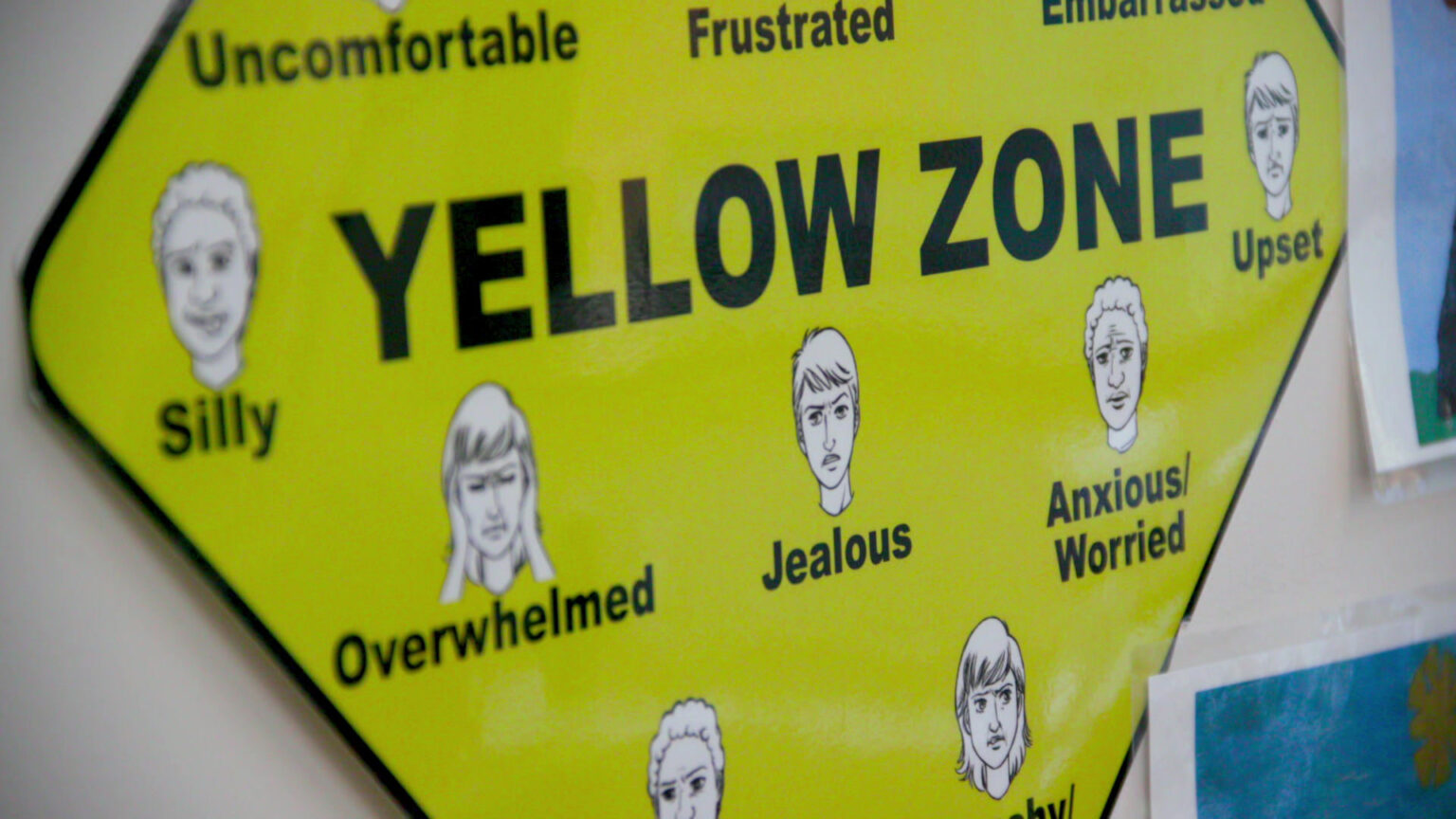
A sign at Lakeland STAR Academy in Minocqua, which teaches students on the autism spectrum, illustrates different types of facial expressions. (Credit: PBS Wisconsin)
Student learning has suffered across the United States over the course of the COVID-19 pandemic. Rebecca Jablonksi, director of special education at Lakeland Union High School in Minocqua, said students with special needs, including those with autism, have had an even more difficult experience, particularly when it came to remote instruction.
“The amount of unfinished learning that took place for students identified with special education is astronomical,” she said
Jablonksi noted students in rural areas had to deal with poor internet connectivity, but even when they could connect, the services weren’t the same when delivered online.
“There were a lot of kids that ended up with more deficits academically,” she explained, “but our biggest thing that we’re seeing is the depth of deficits that have come from social and emotional learning, not being around their peers, having to rely on social media.”
Jeff Spitzer-Resnick is a civil rights attorney in Madison who has advocated for students with special needs in court. He said even when schools have been open for regular in-person instruction, some students with special needs were afraid to reenter the classroom.
“Not all students with disabilities are more vulnerable to covid. But some of the calls I’ve received are from students with anxiety disorders, or maybe autism that has co-occurring anxiety. And these students are just very scared to go to school,” Spitzer-Resnick explained. “They refused to go to school because they’re afraid of getting covid. And so you have an emotional aspect to it as well.”
Jablonski said masking requirements create a different challenge for students with a diagnosis on the autism spectrum. Many of those children rely on reading the facial expressions of the people around them to pick up on social cues.
“If you’re smiling, that means happy. If you’re frowning that means sad, if you have your eyes squinted, that means angry. From the time of early identification, these kids look at pictures and they say, angry, sad. Then they say, OK, now what does this person’s face say? We’re teaching them that,” she explained.
“Now you throw the mask on there, and all we see is their eyes, and you can’t see a smile. So to them, they don’t know whether you’re joking or whether you’re serious. They’ve learned to rely on the mouth to see that,” Jablonski continued. “It has created that social-emotional anxiety level, that level of unknown, that even us as adults don’t like it. Then you put a kid who is very hesitant into that situation and throw on top of that some kids with trauma. It doesn’t make for a very good social-emotional outcome for our students.”
Jablonski said there are transparent masks available to make it easier to see an entire face, but sometimes just the nature of wearing a mask can be draining for a child with special education needs.
“I know a lot of our kids will ask for mask breaks just because they can’t handle them anymore,” she said, noting the students ask, “‘Hey, can I have a mask break so we go out into the hallway?'”
 Passport
Passport




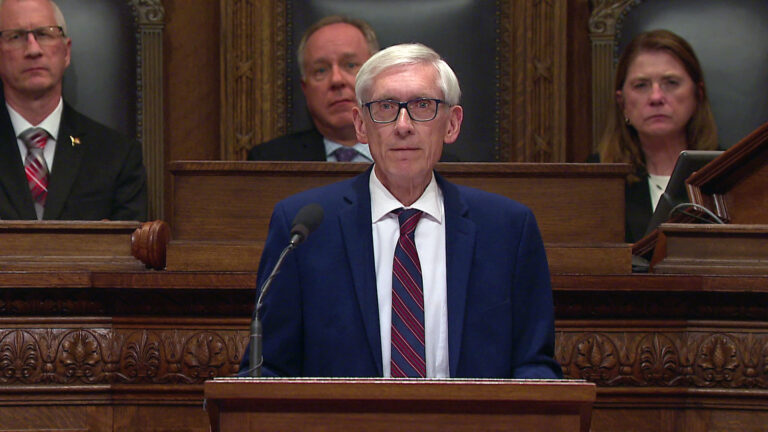
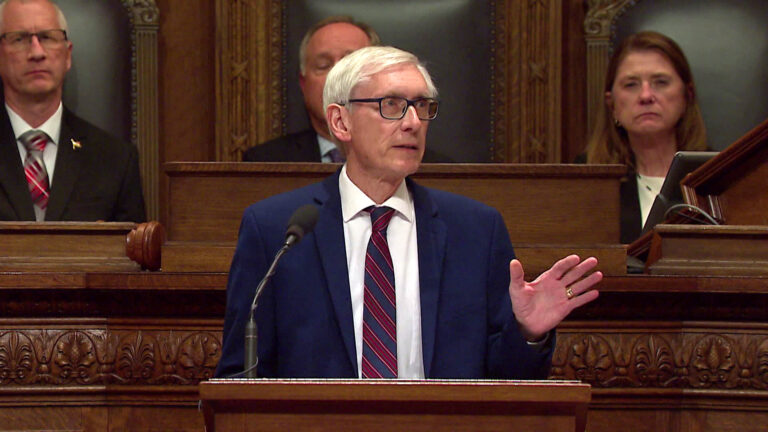

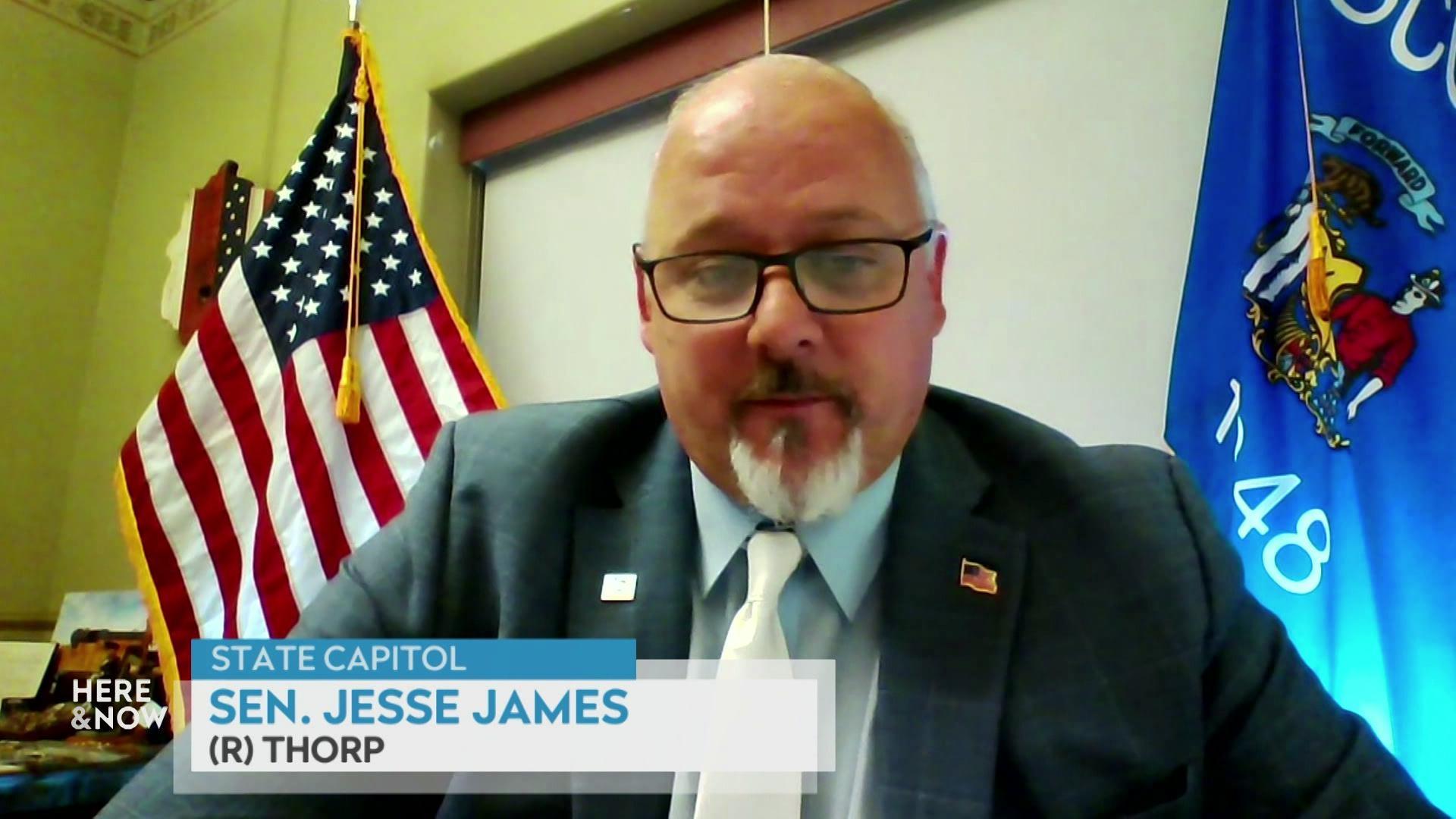
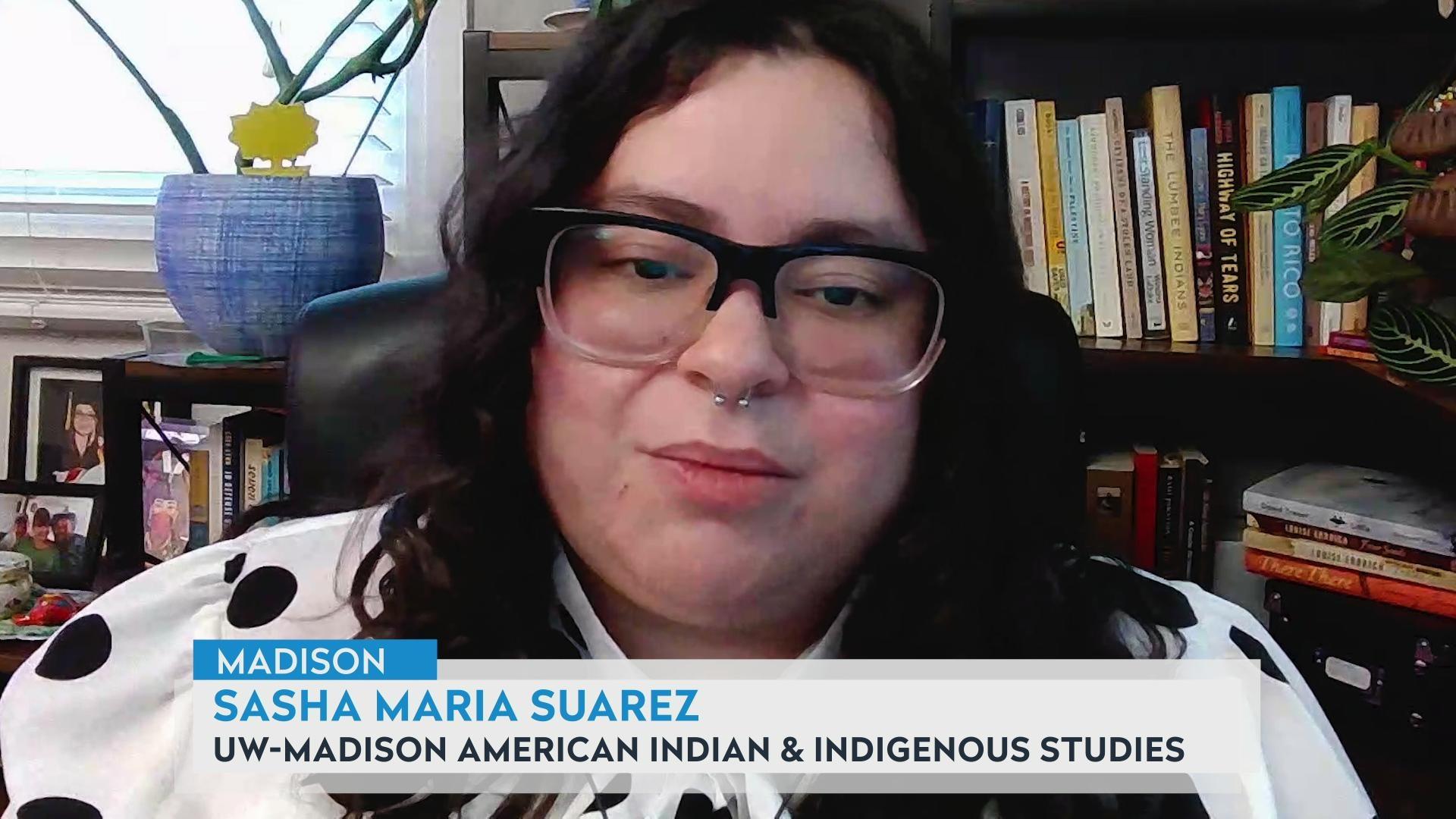
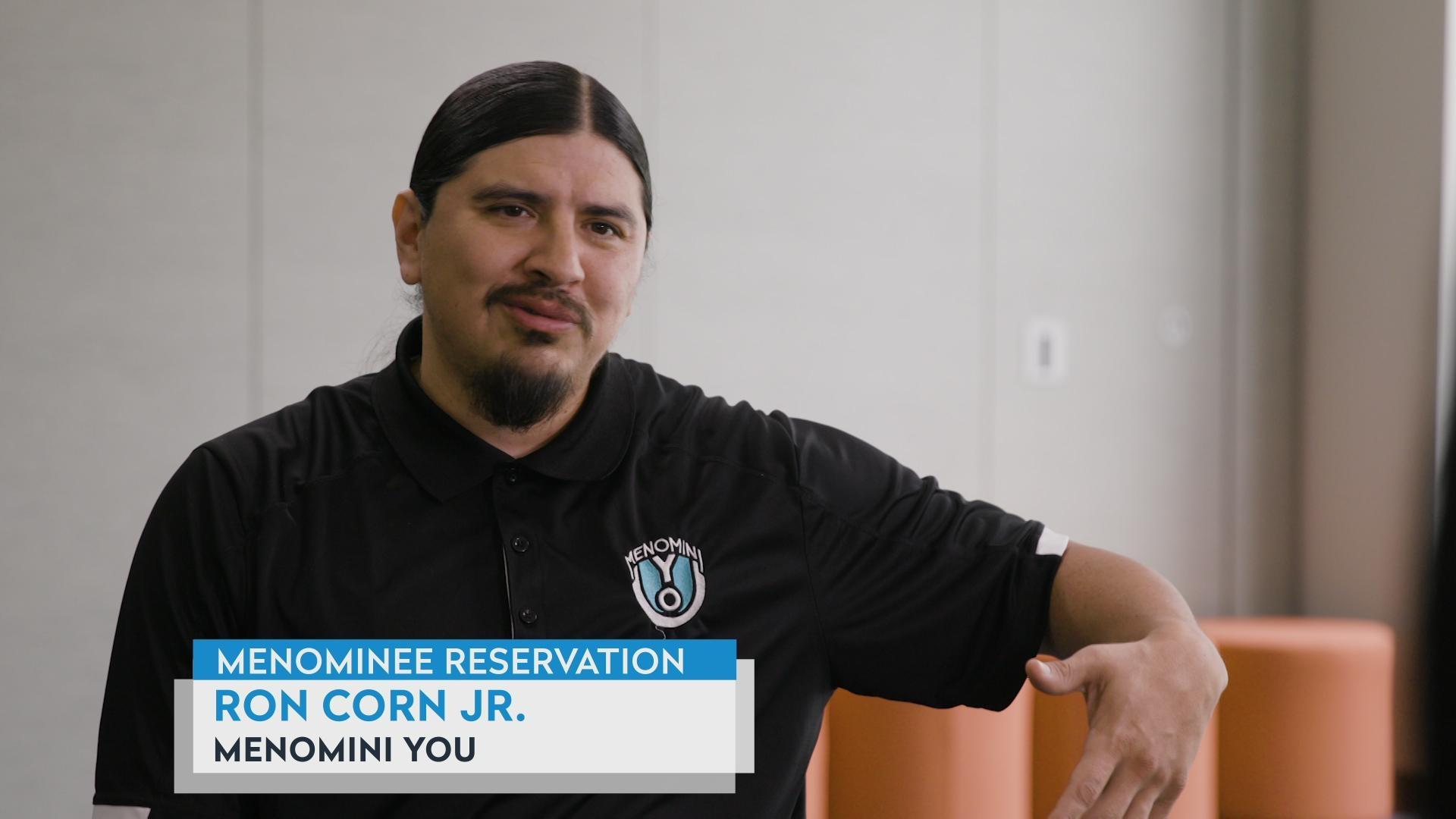

Follow Us